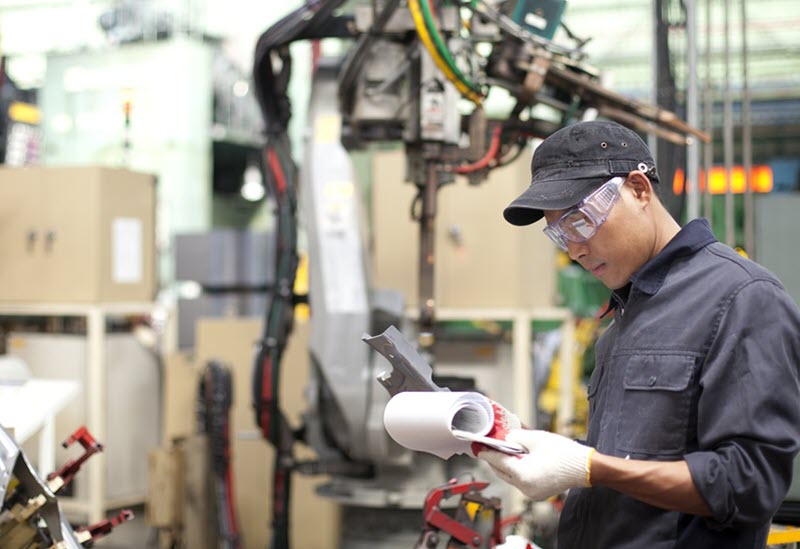
The world today looks vastly different compared to how things were when we opened our doors in 1965. Granted, a lot can change in five-plus decades but Piping Supplies, Inc. is still here and still proud to be a leading flange manufacturer. Spearheading the changes within our shop have been multiple generations of leadership. These individuals include both family and long-time employees who worked their way up the ladder. Changes in management will typically bring new objectives and this is often a welcome change. In this article, we’d like to deviate from our typical talk about pipe making supplies and weld neck flanges to cover visions for the future from leaders of tomorrow.
It’s safe to say that today’s teenagers will eventually become the CEOs and managers of yet-to-be-established brands. These teens are the members of “Gen Z” born between the late 1990s and 2012. A recent CNBC article shows what these young adults are up against as they graduate from college and attempt to start a career. Even those with an MBA degree are struggling to find employment that relates to their education. This pain will eventually pass, but there is no shortage of societal issues that will shape the thoughts and beliefs of Gen Z. From climate concerns and renewable power sources to racial equality and general health and well-being (thanks to the coronavirus pandemic), we expect business to take a sharp turn toward ethics. We believe this is critical for the health of the planet and for the people running companies across the globe.
As a flange manufacturer, we’ve had the privilege of bringing on some highly-talented machinists who have made weld neck flanges that went on to be used in core infrastructure projects. Getting to know these men and women has also been an enjoyable part of running our shop. Each and every one of these workers held different values and we’ve seen how someone’s thoughts and beliefs can alter the direction of a company as they rise in rank. This is a good thing! No executive-level decisions should be made in an echo chamber. Differences in opinions don’t create tension; they should be used to craft innovative approaches.
Our expertise as a flange manufacturer is making things like weld neck flanges and other flanges for highly-specialized projects – and we’re proud of that. We also recognize that a lot of the issues facing the next generation of business owners are highly controversial. No matter where your opinion falls on these topics, we simply encourage that today’s leaders nurture the up-and-coming generation. Recognize their natural talents and take them under your wing and one day, you’ll also have family members and dedicated employees running the business you built from scratch 55 years ago.


